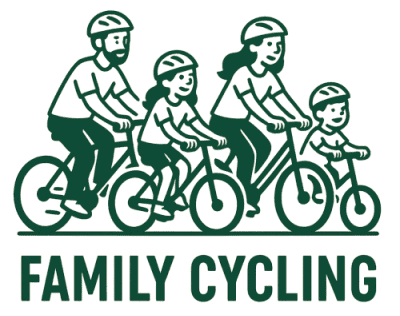Choosing the right wheel size for your bike is crucial for ensuring comfort, safety, and the best riding experience possible. The wheel size of a bicycle can significantly affect how it performs on different terrains, how easily it manoeuvres, and how comfortable it feels to ride. Below, we provide detailed tables for various bike types, covering wheel sizes, corresponding ISO codes, tyre thickness, and the specific uses of each type. This guide is designed to help you make informed decisions when selecting the perfect bike for you or your family.
Kids Bikes
Folding Bikes
Gravel Bikes
Hybrid Bikes
Road Bikes
Mountain Bikes
Oversized Fat Bikes
Kids’ Bike Size Calculator
Looking to choose the right size bike for your child? Our calculator is a handy tool to help you make the right decision. Submit their age, height, and in-seam length, and the tool will provide the recommended bike size. Happy cycling!
Bike Size Calculator
Frequently Asked Questions:
What is the difference between different wheel sizes?
Different wheel sizes affect the bike’s handling, speed, and comfort. Smaller wheels are typically used on kids and folding bikes for better manoeuvrability, while larger wheels are more efficient on road and gravel bikes for speed and stability.
How do I choose the right wheel size for my bike?
Choosing the right wheel size depends on your intended use, your height, and the type of bike you want. For kids, the correct wheel size is usually based on age and height. For adults, different bike styles, such as road, mountain, or hybrid, have optimal wheel sizes for specific purposes.
What does the ISO code mean?
The ISO code refers to the standardized measurement of the diameter of the wheel and tyre. This helps to ensure compatibility between tyres and rims. It is important to match the ISO code when replacing wheels or tyres.
What tyre thickness should I choose?
The appropriate tyre thickness depends on the terrain you will be riding. Thicker tyres provide more stability and cushioning, making them ideal for off-road or rough terrain, while thinner tyres are lighter and offer less resistance, making them suitable for road cycling.
Are bigger wheels faster?
Bigger wheels generally roll more smoothly over obstacles and maintain speed better, making them faster on smoother surfaces. However, they may not be as agile as smaller wheels, which can be beneficial for technical trails and tight turns.
